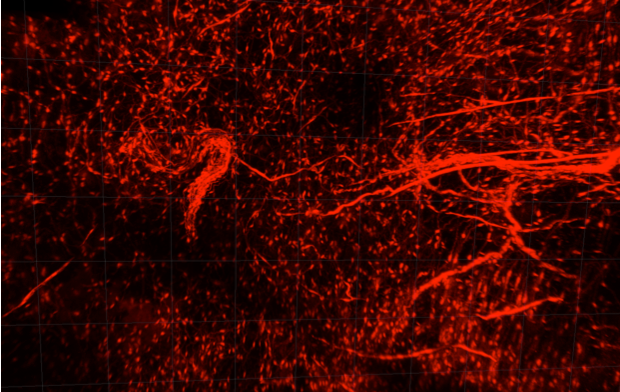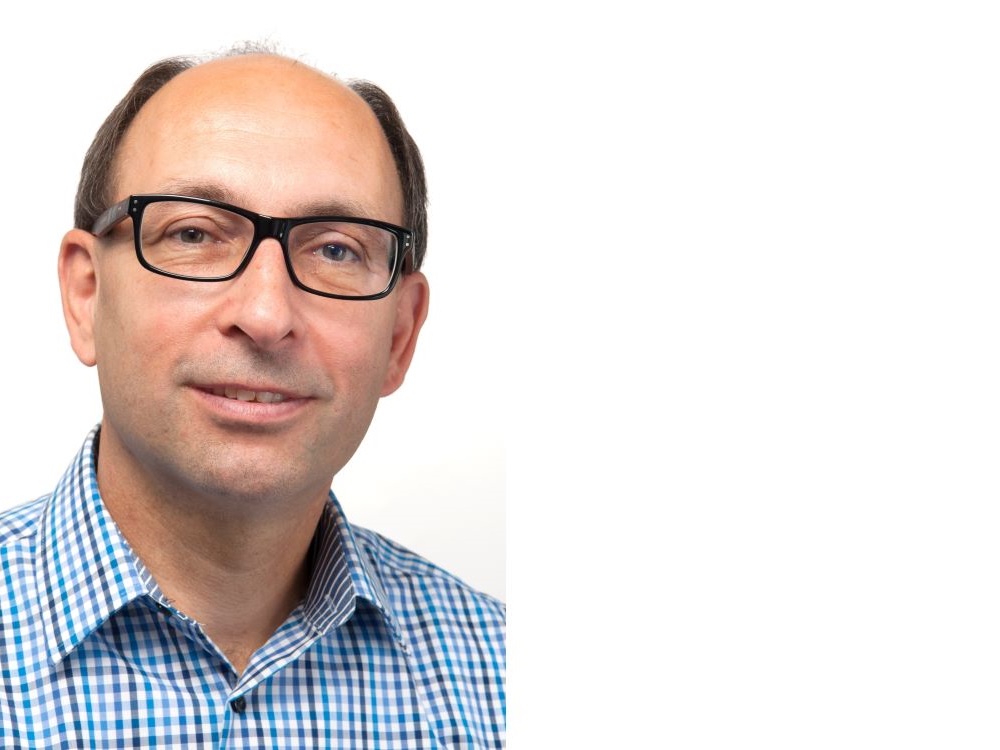What we investigate
Stem cells play a crucial role during embryonic development and tissue repair and regeneration. Stem cell properties are, however, also implicated in tumorigenesis. Our laboratory investigates the molecular mechanisms common to development, tissue repair, and cancer, with an emphasis on neural crest stem cell development, skin wound healing and melanoma.
KEYWORDS
neural crest stem cells, melanoma, skin, wound healing

Our research in more detail
Neural crest stem cells (NCSCs) represent one of the cell populations in vertebrate embryos with the broadest developmental potential, generating cell types as diverse as peripheral neurons and glia, melanocytes in our skin, and certain subtypes of smooth muscle cells and fibroblasts.
Intriguingly, NCSC properties have recently been associated with initiation, metastasis formation, and drug resistance of melanoma, an aggressive skin tumor derived from the neural crest lineage. Moreover, cells with NCSC features emerge upon injury from peripheral nerves in skin and potentially other tissues, where they contribute to the healing process.
Using various genetic mouse models, human cell lines and biopsies, as well as culture systems derived from human embryonic stem cells, we study how transcriptional, epigenetic, and post-transcriptional mechanisms control transitory NCSC-like states associated with tumorigenesis and wound healing. Our studies provide insights into the processes underlying melanoma formation and progression, dynamic responses of melanoma cells to therapeutic drugs, and injury-induced reprogramming of adult neural crest-derived cells. Based on our findings, we aim to identify —together with our clinical collaborators— potential therapeutic targets for treatment of melanoma and other human skin conditions, such as chronic wounds and fibrotic skin diseases.
Selected publications
SKINTEGRITY.CH Principal Investigators are in bold:
- Parfejevs V, Debbache J, Shakhova O, Schaefer S, Glausch M, Wegner M, Suter U, Riekstina U, Werner S, and Sommer L (2018). Injury-activated glial cells promote wound healing of the adult skin in mice. Nat Commun 9(1): 236.
- Varum S, Baggiolini A Zurkirchen L, Kalender Atak Z, Cantù C, Marzorati E, Bossart R, Wouters J, Häusel J, Tuncer E, Zingg D, Veen D, John N, Balz M, Levesque MP, Basler K, Aerts S, Zamboni N, Dummer R, and Sommer L (2019). Yin Yang 1 orchestrates a metabolic program required for both neural crest development and melanoma formation. Cell Stem Cell 24(4): 637-653
- Diener J, Baggiolini A, Pernebrink M, Dalcher D, Lerra L, Cheng PF, Varum S, Häusel J, Stierli S, Treier M, Studer L, Basler K, Levesque MP, Dummer R, Santoro R, Cantù C, Sommer L. (2021). Epigenetic control of melanoma cell invasiveness by the stem cell factor SALL4. Nat Commun 12(1): 5056
- Lehmann J, Caduff N, Krzywińska E, Stierli S, Salas-Bastos A, Loos B, Levesque MP, Dummer R, Stockmann C, Münz C, Diener J, Sommer L. (2023). Escape from NK cell tumor surveillance by NGFR-induced lipid remodeling in melanoma. Sci Adv 9(2): eadc8825
